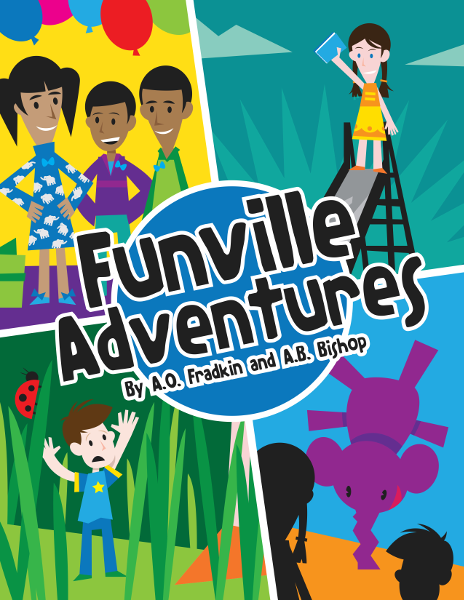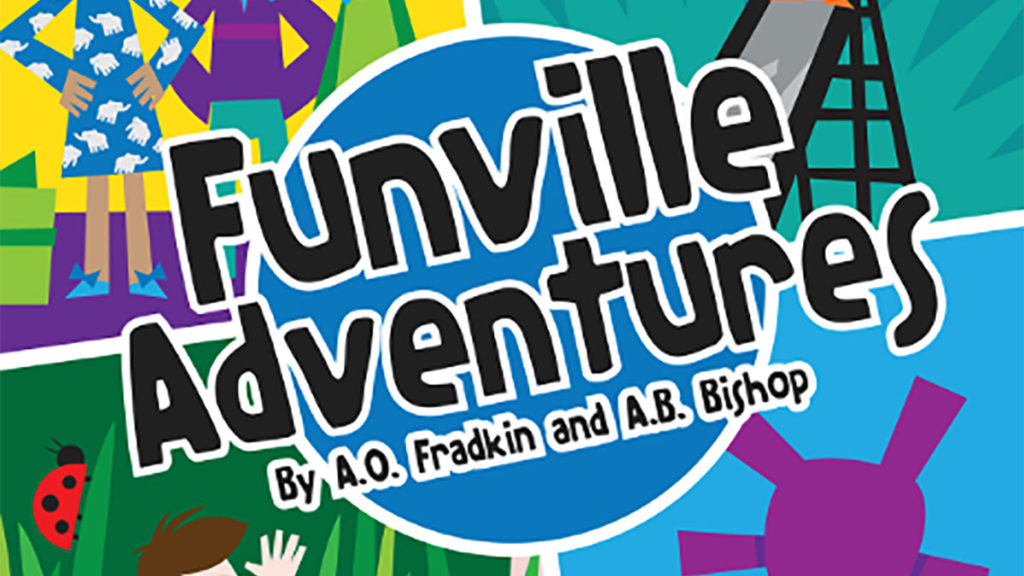I am excited to see more and more people working hard to connect students’ informal mathematical thinking to the more formal work of schooling.
The emphasis in the school-home relationship used to be on helping kids do homework (as parodied in these five seconds of the newest Incredibles trailer).
No more! These days there are plenty of projects that seek to stimulate children’s math minds in ways that parallel what we do with literacy.
I’m thinking of the beautiful work of The Museum of Mathematics in New York City, and of Dan Finkel’s Prime Climb and Tiny Polka Dots games. I’m thinking of Malke Rosenfeld’s work, and of Bedtime Math and their associated research at the University of Chicago. and I’m thinking of Table Talk Math.
I’m thinking also of Eugenia Cheng, whose How to Bake Pi does for adults what I want parents to do for kids—show how their natural ways of thinking about their everyday worlds are deeply mathematical.
Some of the momentum for these projects can be traced back to the Cognitively Guided Instruction (CGI) research at University of Wisconsin, which demonstrated that when teachers know the informal ideas about numbers and operations that kids bring to school, those teachers are more effective at helping students learn the formal mathematics of school. The copyright on the first CGI book—titled Children’s Mathematics—is 1999, and it documents research that had been going on for some time before that.
Many of us doing this work now are deeply influenced by this work. Progress on this sort of thing is slow. Time spans are measured in decades, not months or years. But it’s a vibrant space that’s growing. I am optimistic.
Now for the point of today’s post. I want to recommend a delightful new book, Funville Adventures by A.O. Fradkin and A.B. Bishop, and published by Natural Math.


Funville Adventures involves a series of characters in a fanstatical land. Each has a magical power; these powers interact. You think you’re just following some fun and silly adventures on the playground; really, you’re thinking about one of the most important ideas of higher mathematics—functions.
Yet true to the nature of most of the projects I discussed above (and to the nature of this blog), it doesn’t matter whether you know about the relationship between the story and the mathematics. If you do, that’s great. If you don’t but are curious, there’s an addendum for that, and if you just want to stay at the level of the story, you’ll exercise your math mind thinking about the relationship between growing and shrinking, the relationship between doubling and halving, and why flipping upside down has no sibling.
Funville Adventures should be in every Talking Math with Your Kids-friendly library. I supported it as a Kickstarter; I’m a big fan of A.O. Fradkin’s blog. The book is on sale right now. More info and reviews here.
